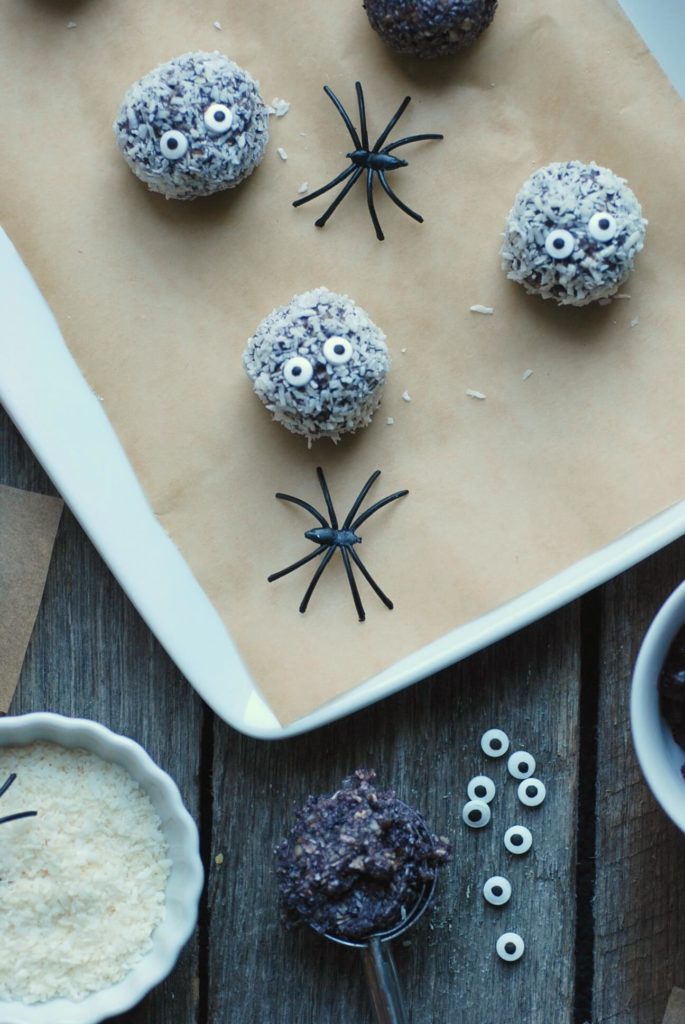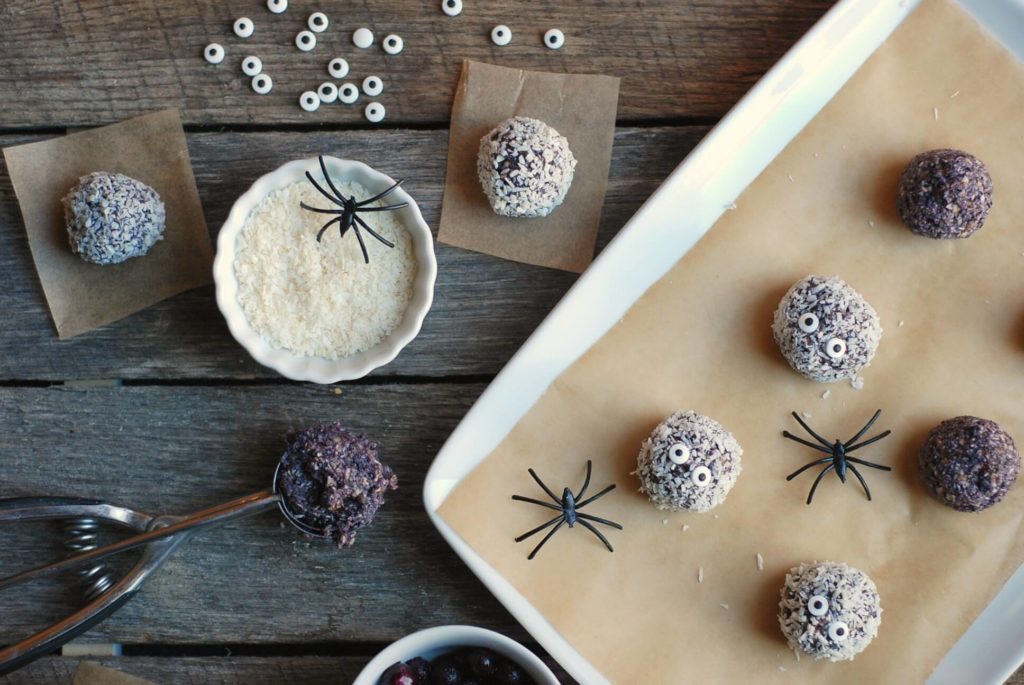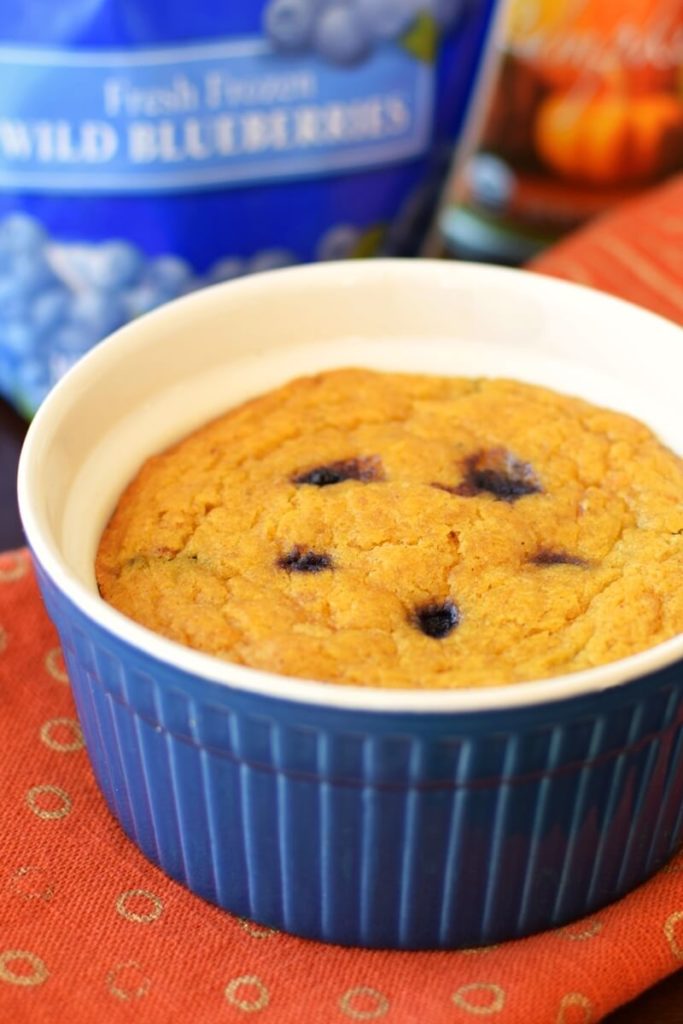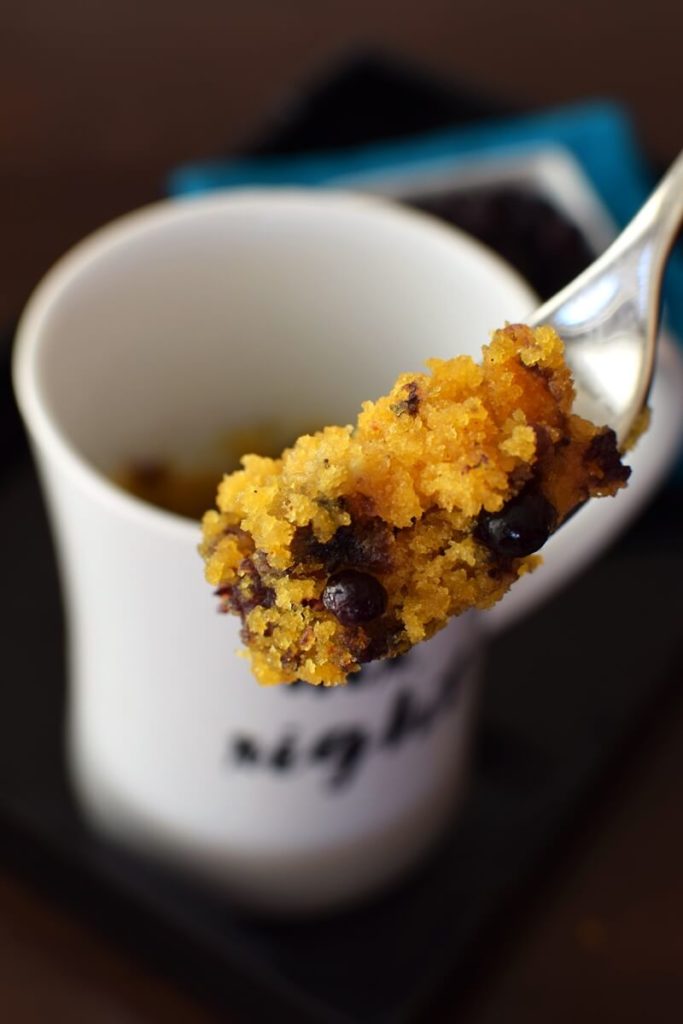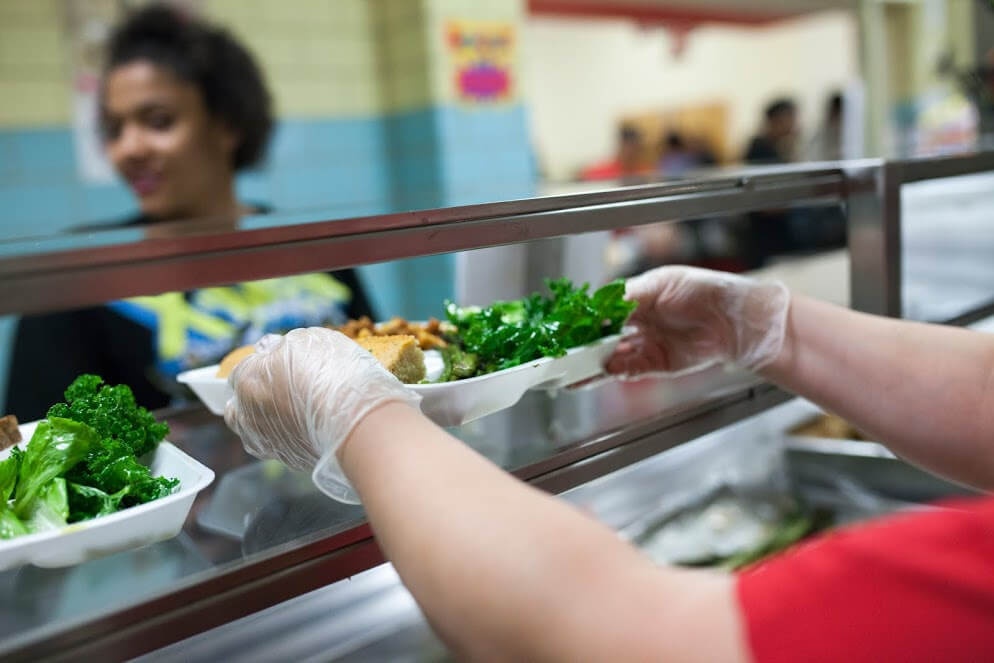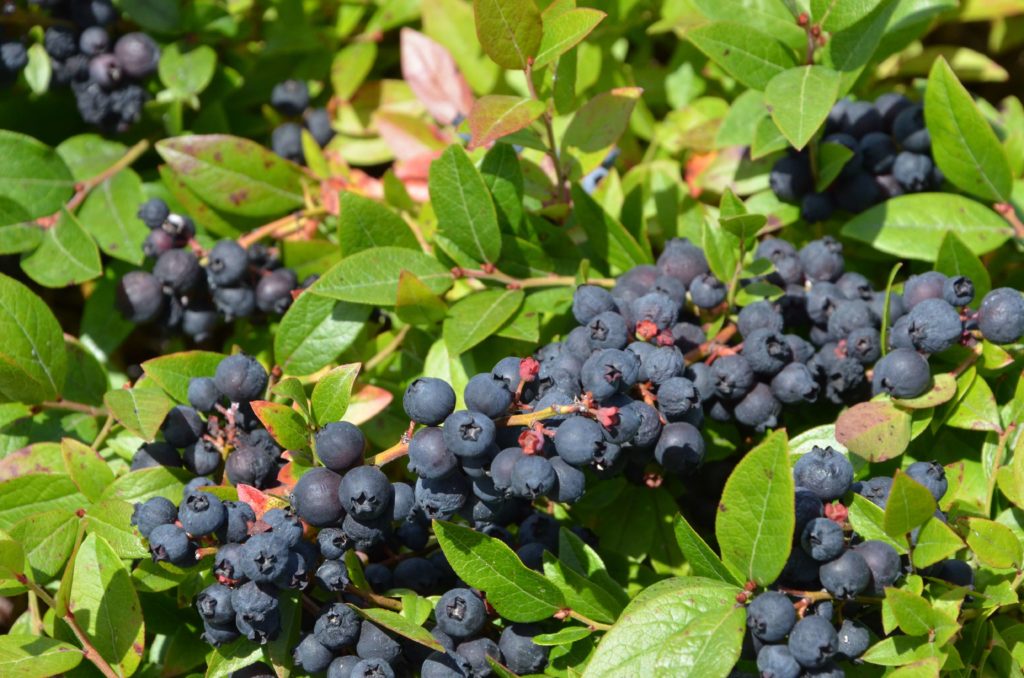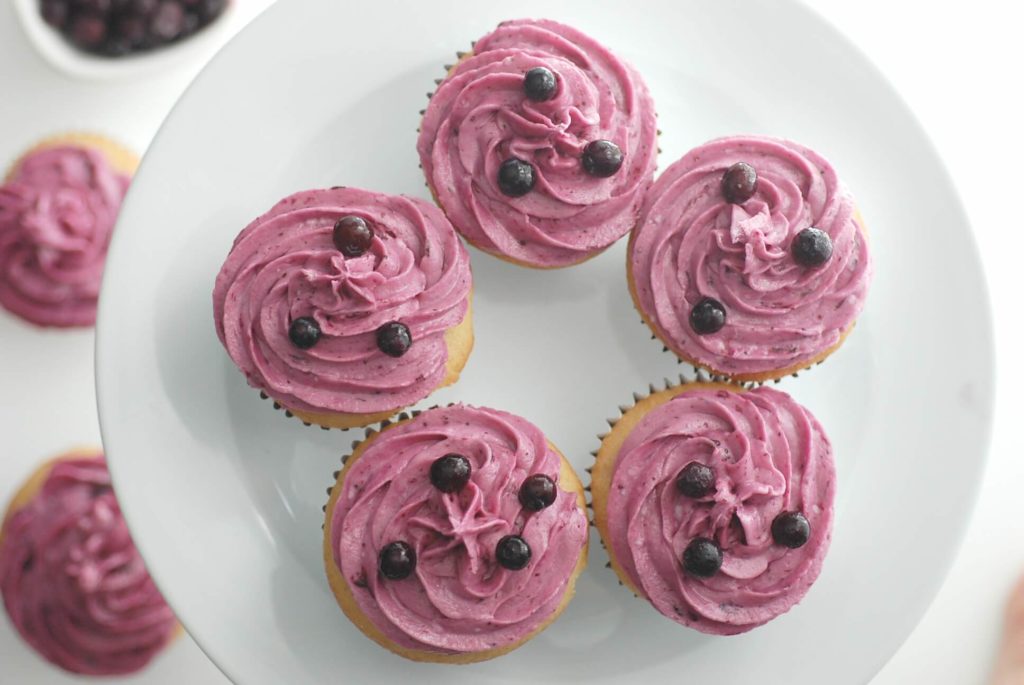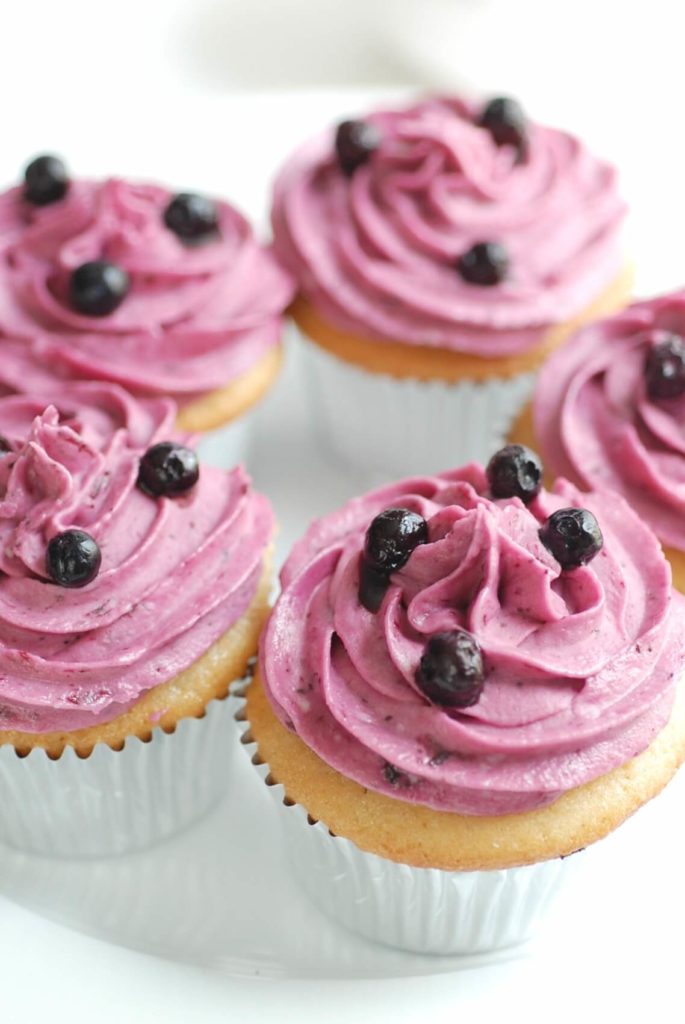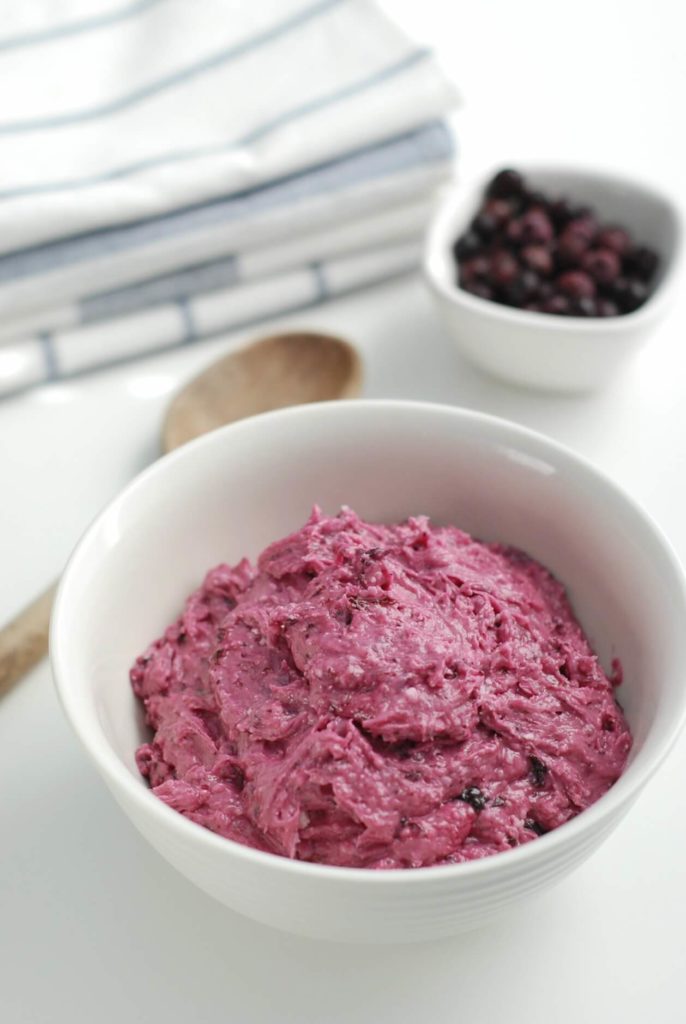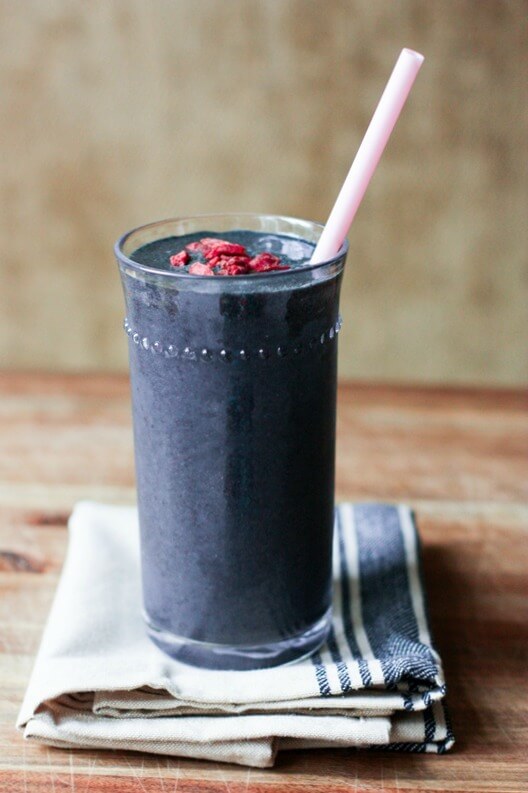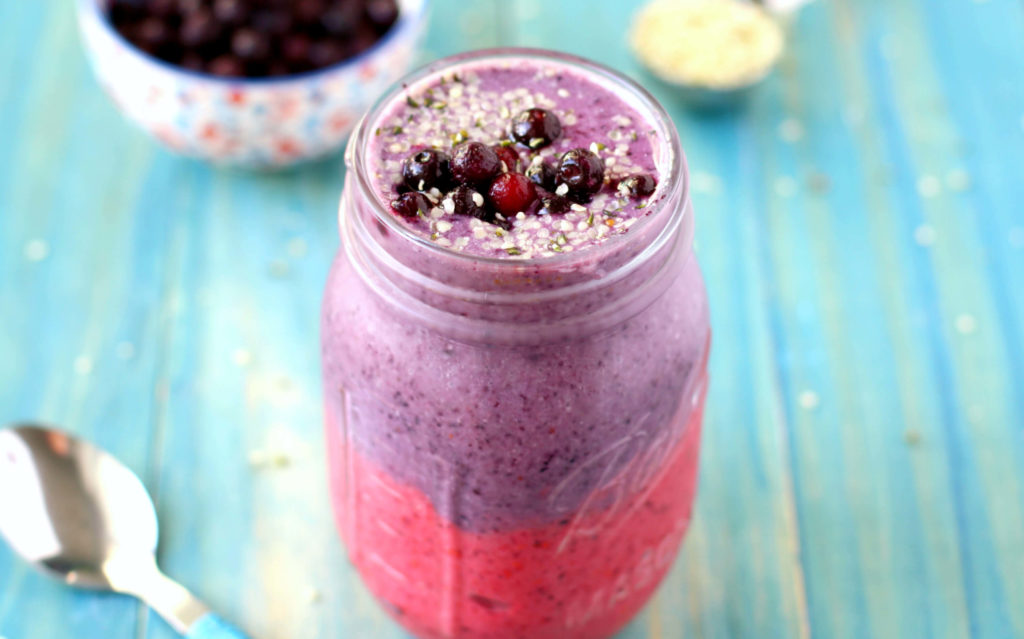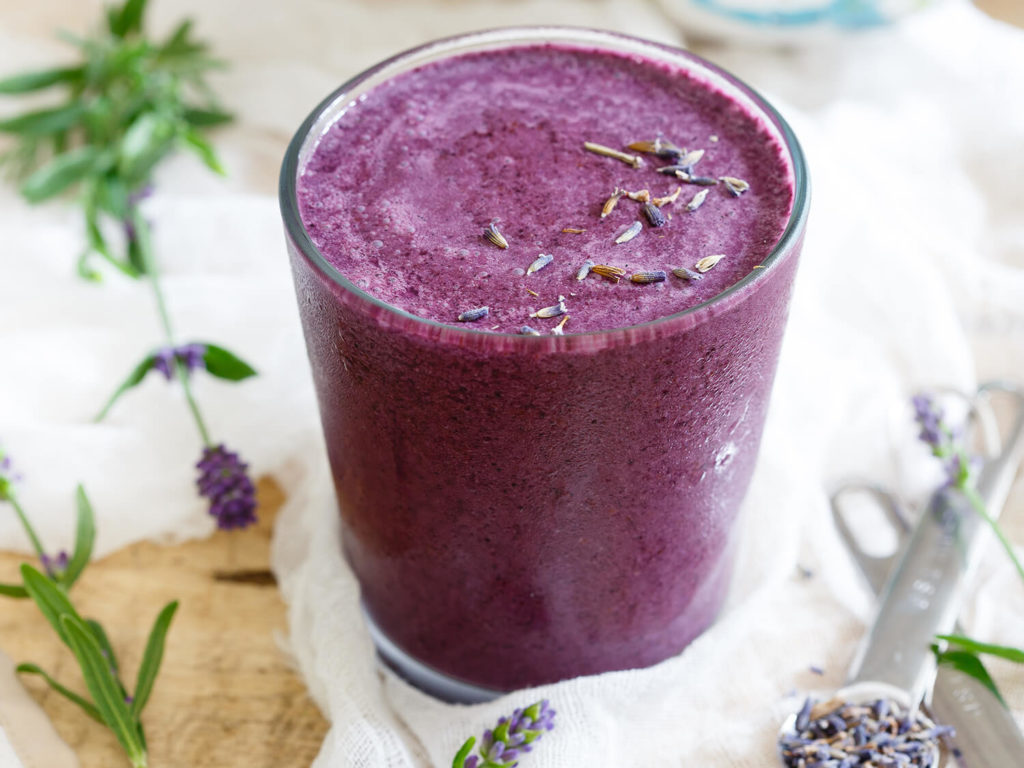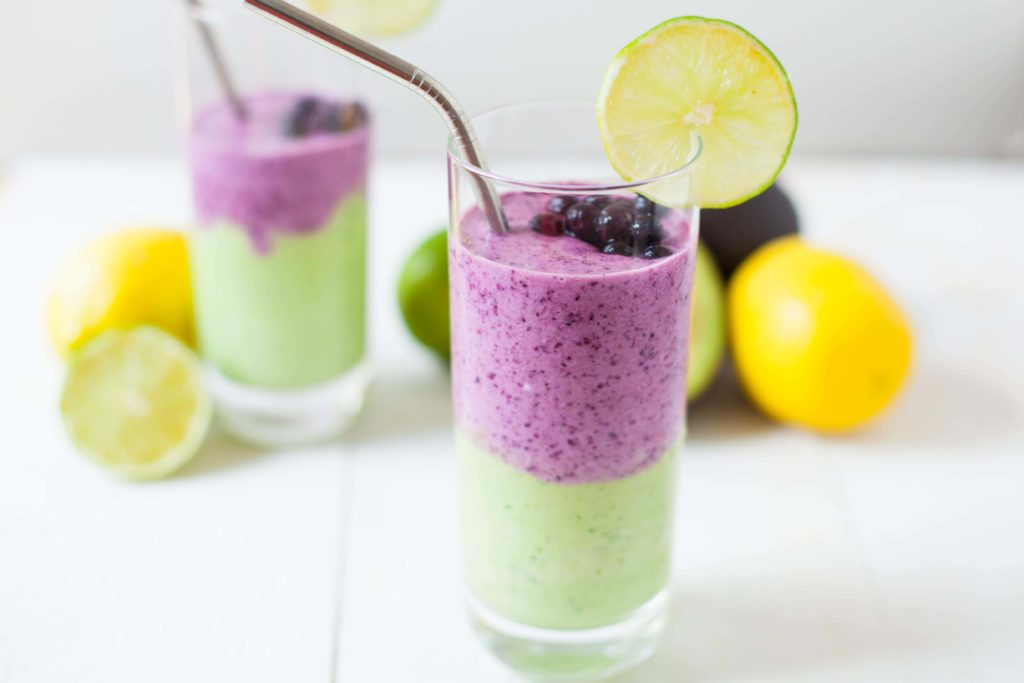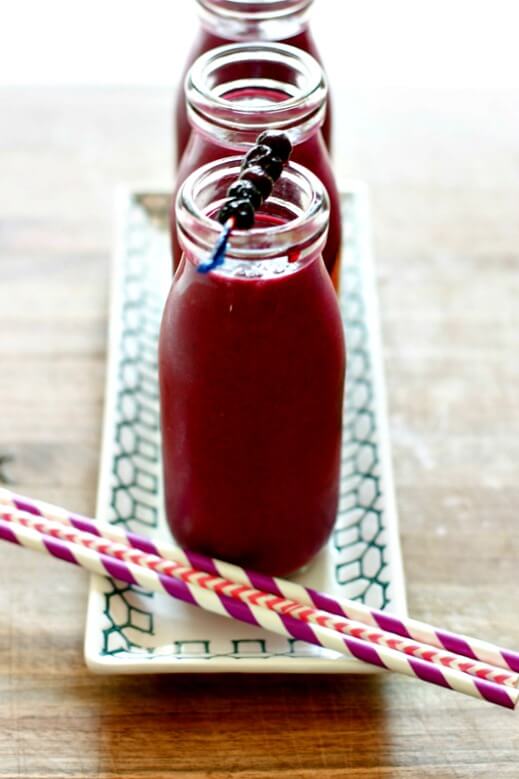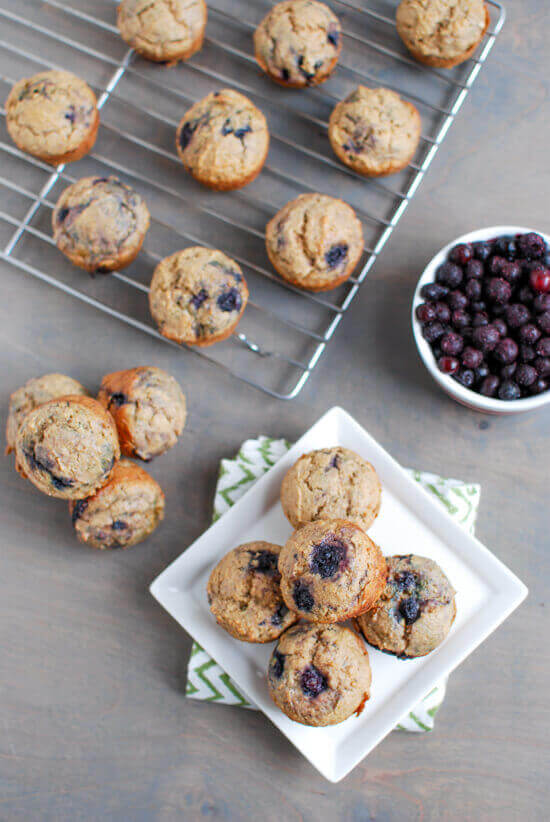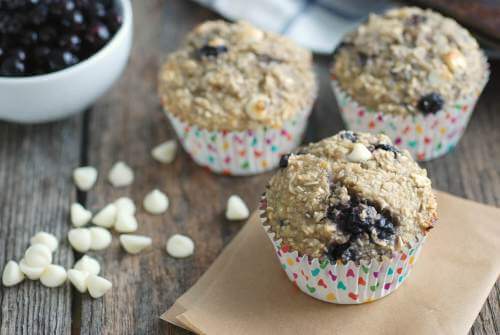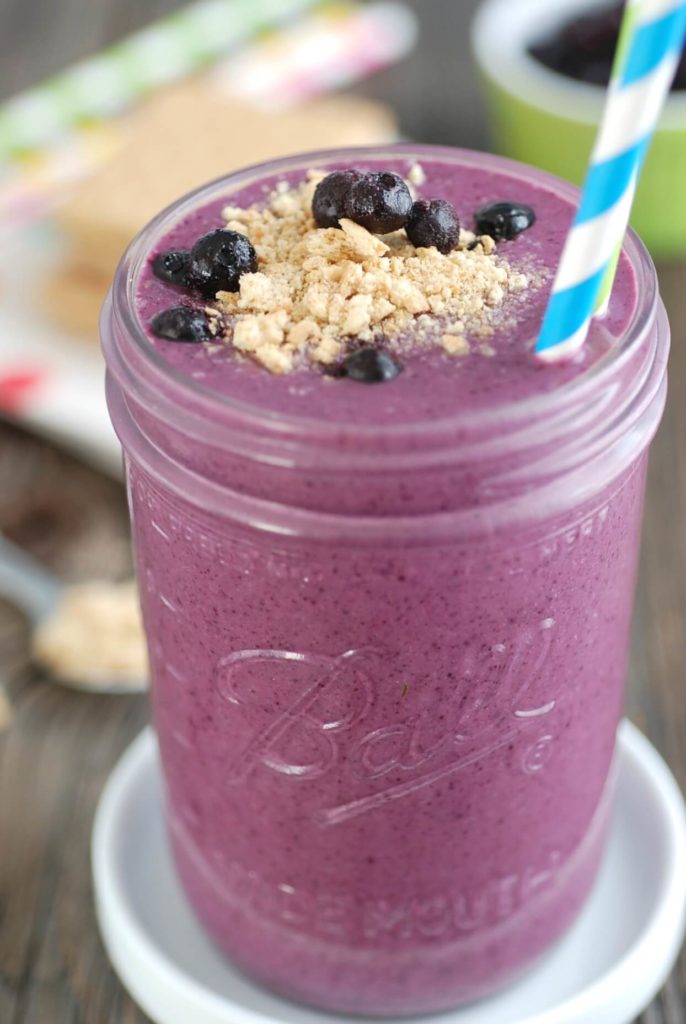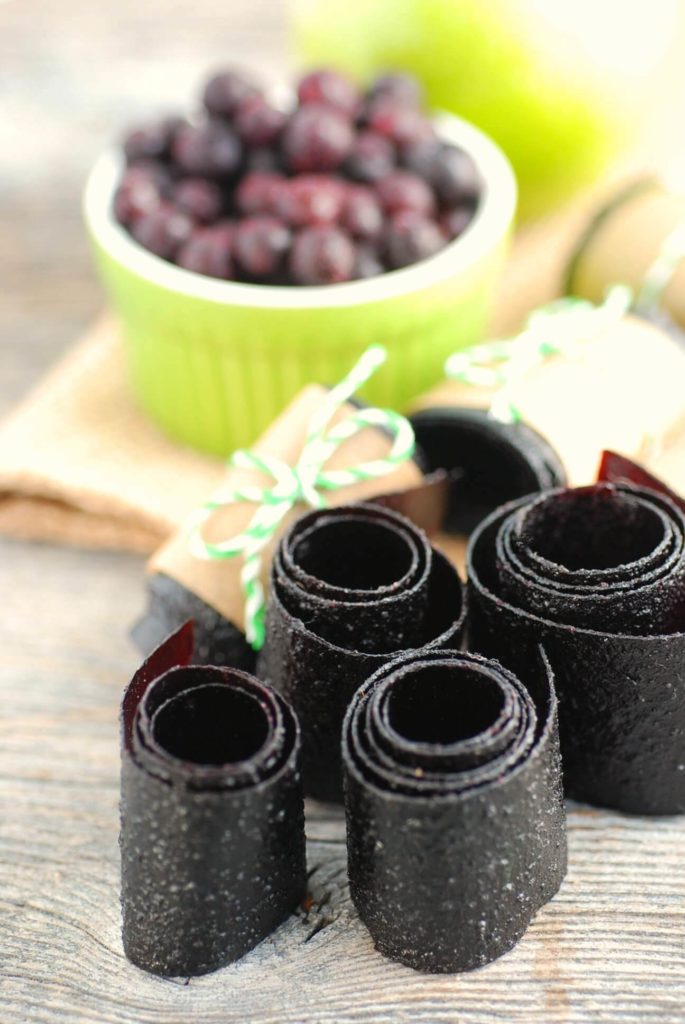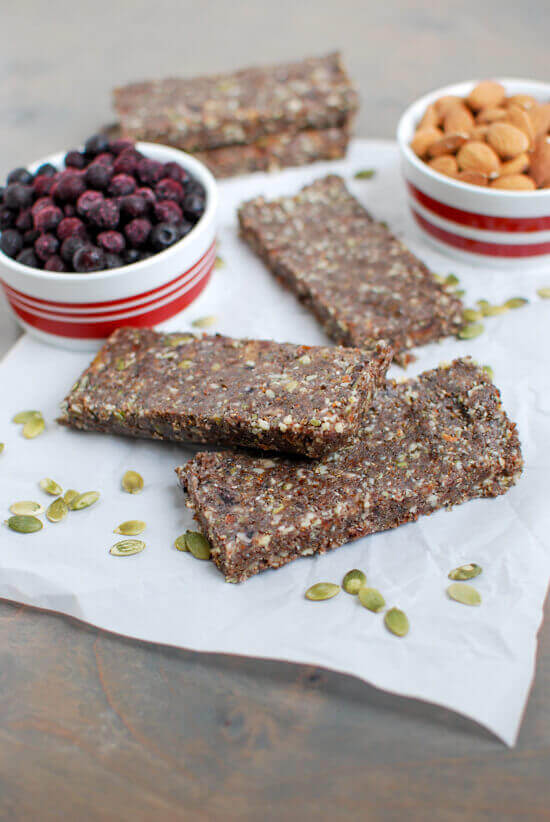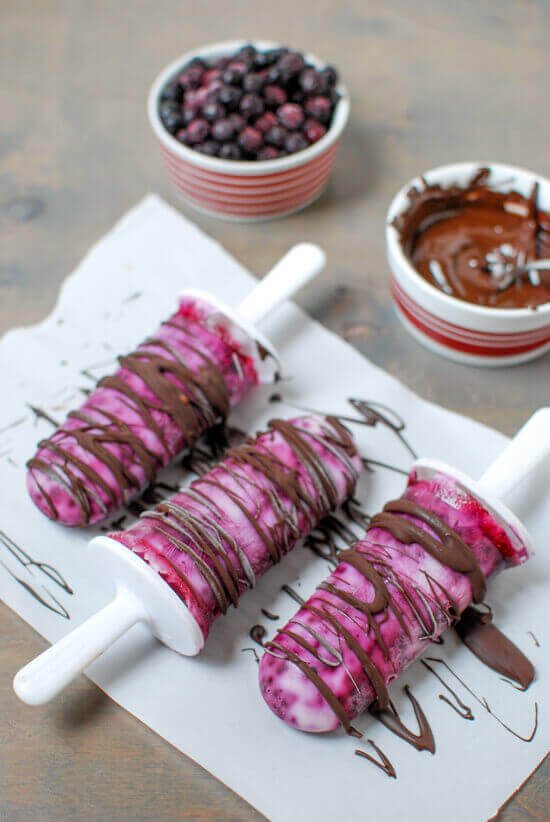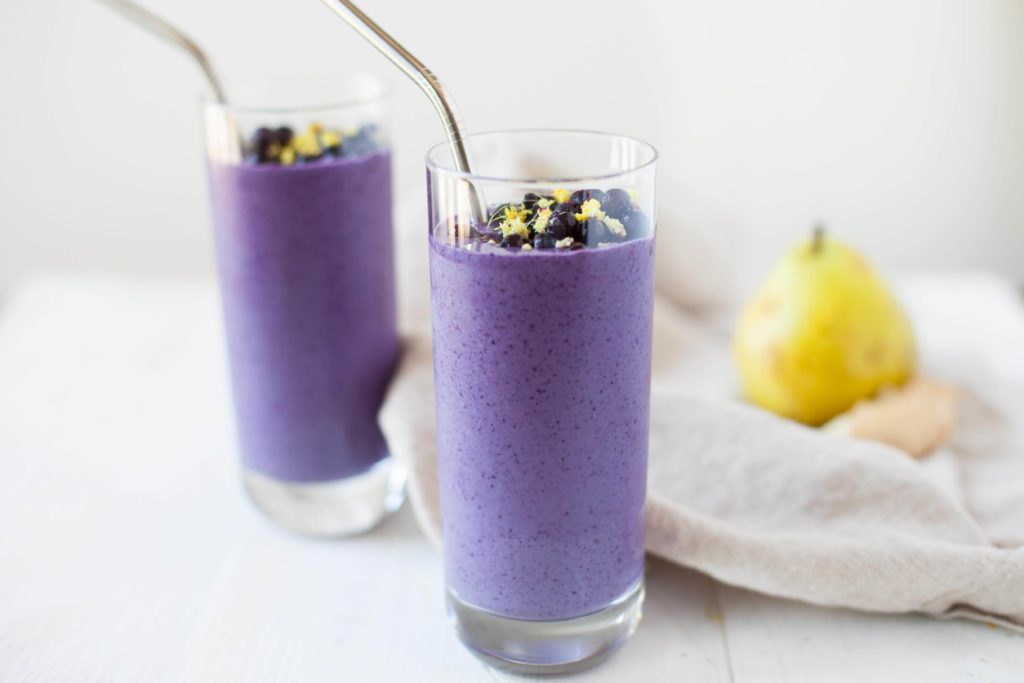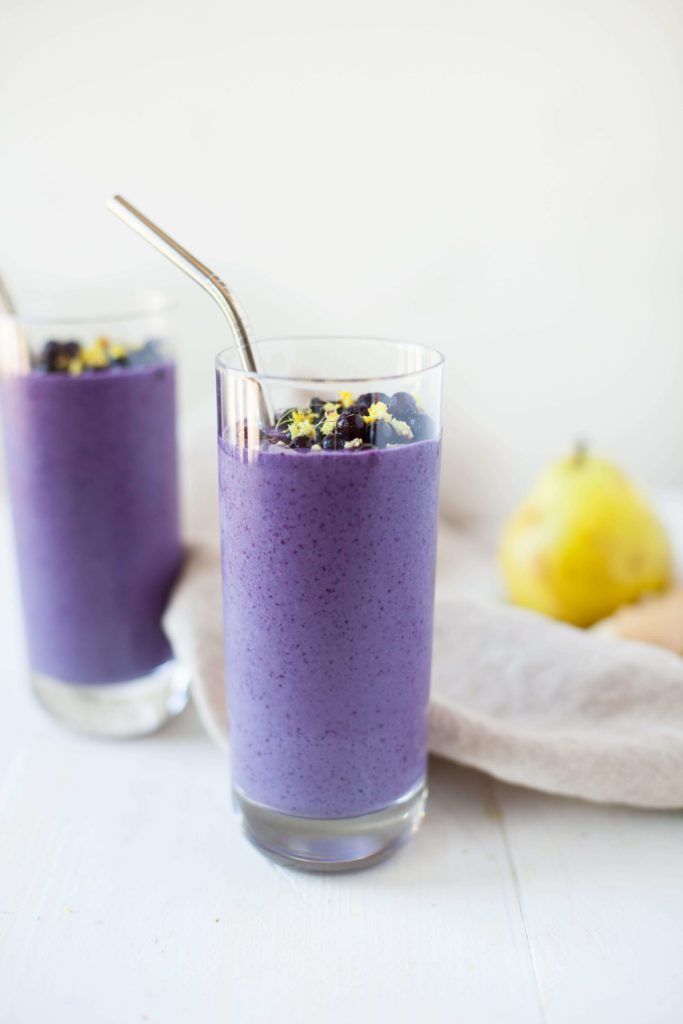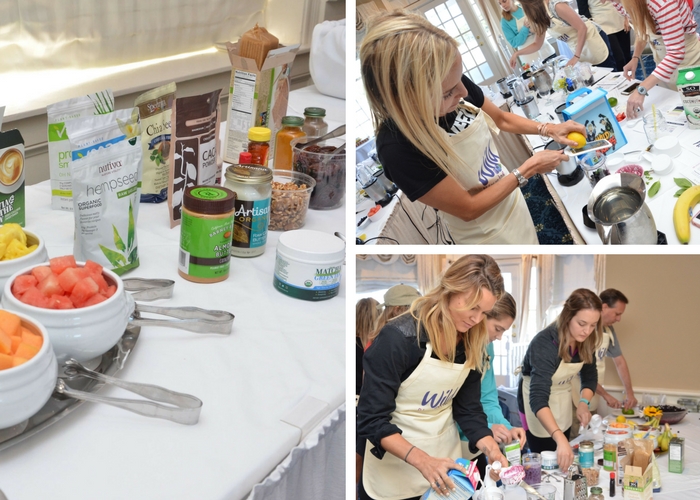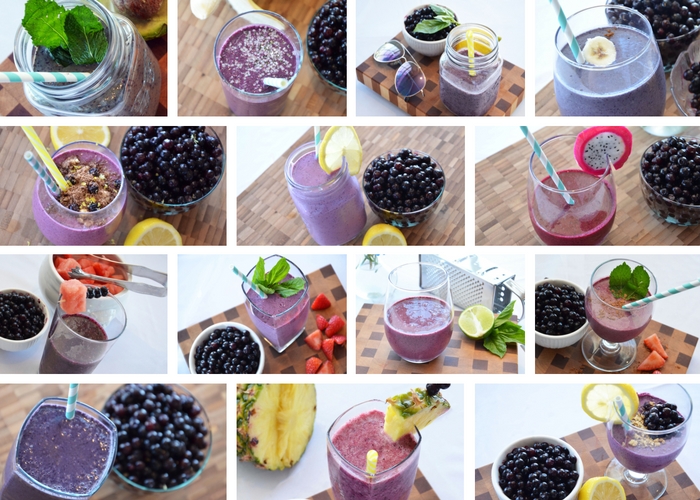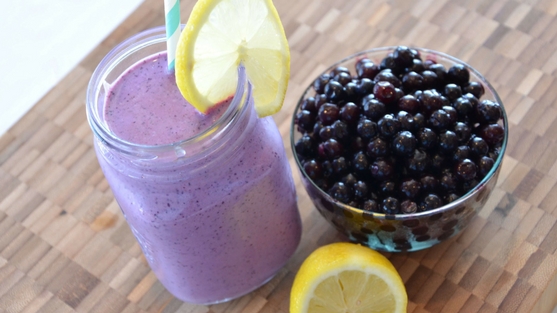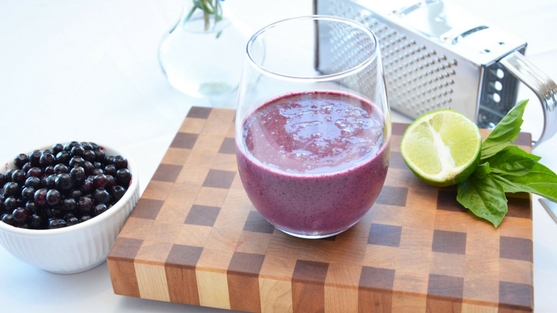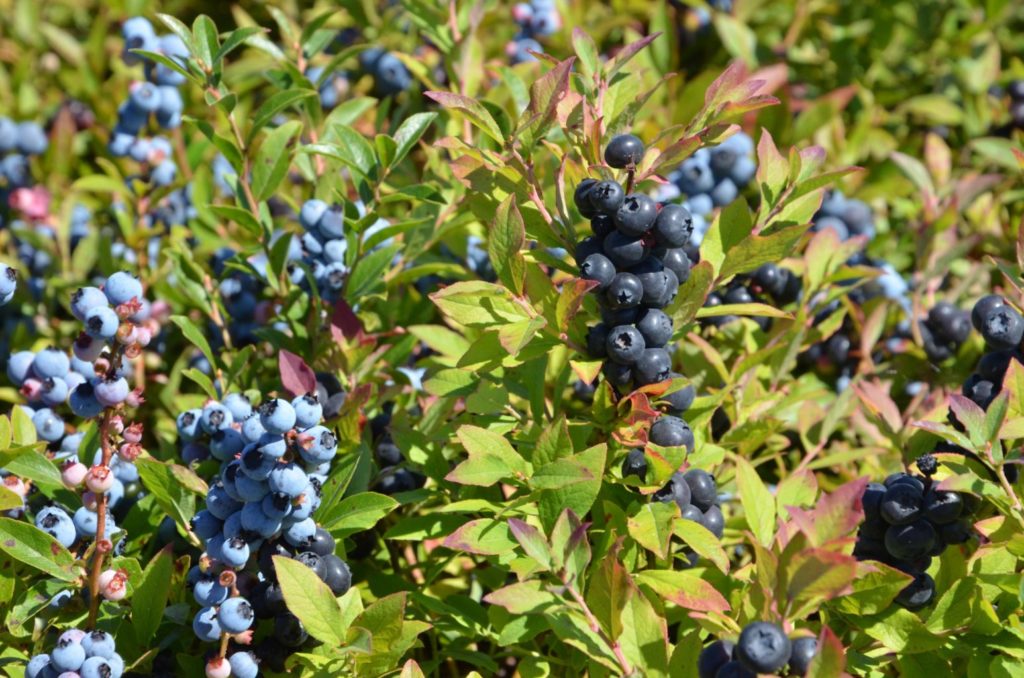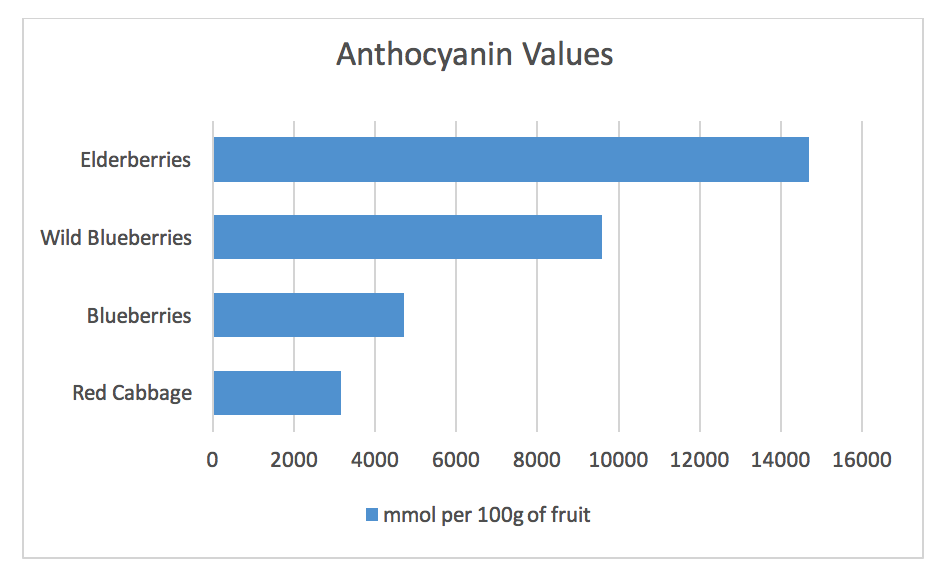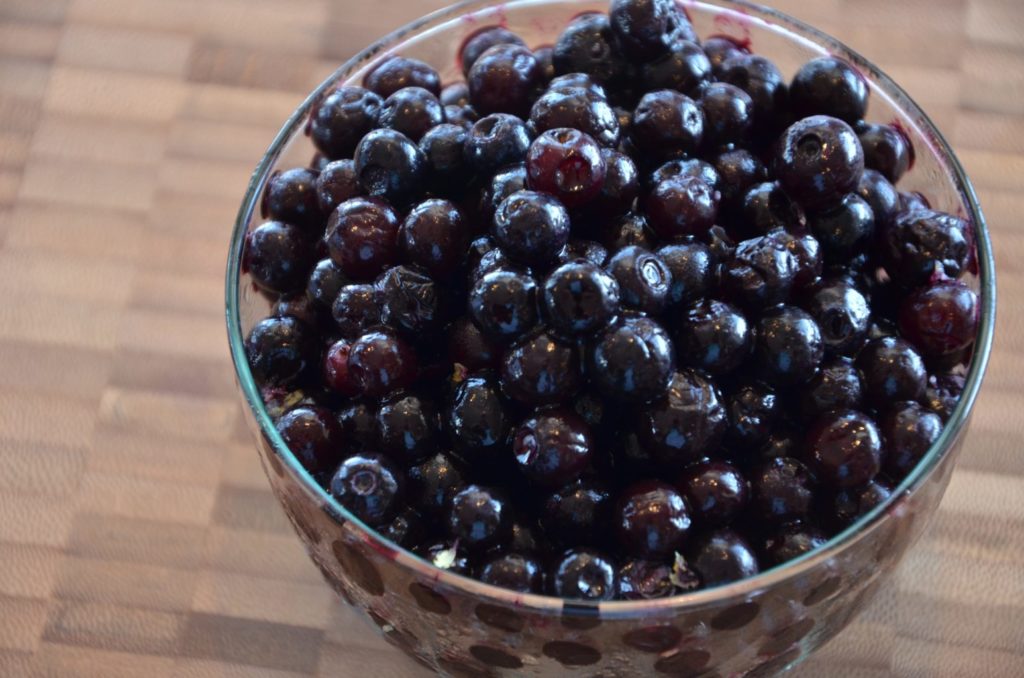For one week each fall, schoolchildren across Maine look forward to some of the tastiest school lunches of the year, and with every bite, they enjoy the satisfaction of knowing they are supporting local farmers, fishermen, growers, and processors. However, many in Maine, including John Rebar, executive director of the University of Maine Cooperative Extension and Nancy McBrady of the Wild Blueberry Commission of Maine, are working to transform a one-week emphasis on local food in public schools into a yearlong practice.
“Maine is a leader nationally in selling food locally,” explains Rebar. “But because foodservice was often based on a heat-and-serve approach – selling into schools has presented a significant challenge for growers over many decades.” Nonetheless, the attitude toward local foods is rapidly changing, and Maine just may be ready for a new era of local institutional food.
Rebar and McBrady are working to stimulate conversations about bringing more locally grown foods – like Wild Blueberries, apples, broccoli, carrots and cabbage – to Maine’s schools.
During last year’s academic year, Maine served a whopping 24.7 million lunches, according to Stephanie Stambach, Child Nutrition Services at the Maine Department of Education and the state’s farm to school coordinator. This year, the majority of Maine’s 620 K-12 public schools will participate in Maine Harvest Lunch Week, which ran from September 19-23.
“Maine Harvest Lunch Week has a dual purpose,” explains Stambach, “to promote fresh, local foods in Maine’s school cafeterias and to teach students where their food comes from,” she notes. “Some will dedicate one day to providing local products; whereas others will spread local items throughout the week.”
Portland Public Schools To Serve Local Foods
At Portland Public Schools, nearly 10,000 elementary lunches will be served over Maine Harvest Lunch Week, according to Dawn Hilton, Portland Public Schools Food Service Director. Each day will focus on a particular Maine ingredient. On one particular day, for example, all of the city’s elementary schools will incorporate Wild Blueberries on their menus, a move that directly supports the state’s Wild Blueberry industry.
“I believe Wild Blueberries have a special place in Maine Harvest Lunch Week because you can’t get more Maine than that,” noted Stambach. “I think a lot of schools want to support our Wild Blueberry growers and this is a perfect way to do that.”
Portland Public Schools sourced its Wild Blueberries from Wyman’s of Maine, one of the state’s largest Wild Blueberry growers and processors, which harvests and processes Wild Blueberries that are grown on its own fields and on fields owned by independent families and growers in Down East, Maine.
“It’s fantastic to know that kids across Maine will be both learning about and enjoying the incredible agricultural bounty of our state,” says McBrady, executive director of the Wild Blueberry Commission of Maine. “By choosing to serve locally-grown, harvested and processed foods, the schools are supporting an entire industry and a unique way of life here in Maine.”
“The Commission supports the Maine Harvest Lunch Week and is also ramping up efforts to increase year-round frozen Wild Blueberry consumption in schools through concerted outreach and promotion” McBrady adds. “It’s easy for Maine schools to incorporate frozen Wild Blueberries into their menus, especially since blueberries are universally loved and can easily be used as an ingredient in breakfast items like smoothies and parfaits, and lunch items like salads and sauces. Wild blueberries are delicious, nutritious, and can be served year-round as part of a healthy diet, especially since they are primarily sold as a frozen product.”
A Program That Was Ahead of its Time
Maine Harvest Lunch Week was a 1980s-era Maine Department of Education invention launched ahead of its time, before the state had experienced a historic local foods and school garden renaissance. The program was axed in the 1990s due to state budget cuts, and resurrected in 2005. Since then, a nationally recognized local food movement and a heroic school garden crusade have augmented the initiative in Maine.
During Harvest Lunch Week, local Maine products will be incorporated into school menus across Maine. These high-quality, nutritious, locally sourced meals will reinforce what’s being taught in the classroom, where students are learning about the science of food from seed to plate, and about the power of local economies.
